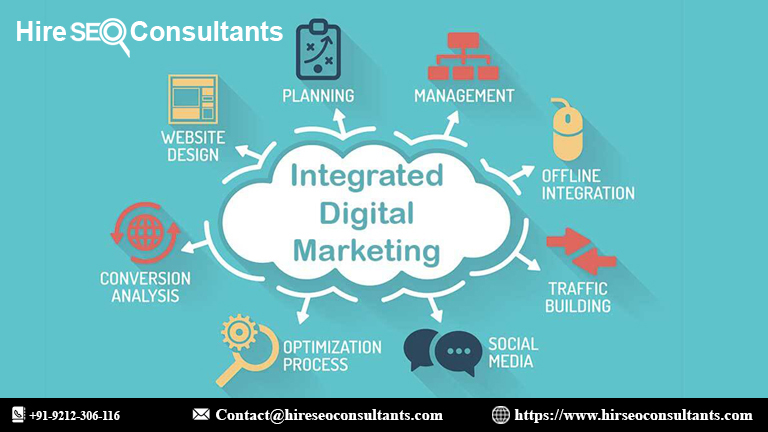Half-Life Strategies in Supporting the Development of Protein Therapeutics

Therapeutics based on macromolecular proteins and peptides have successfully been efficiently applied to treat serious human diseases. With the development of biotechnologies, a great number of authorized protein therapeutics and drug products have been utilized in clinical research over the last few decades. However, the main issue that needs to be resolved currently for protein therapeutics is the short half-lives caused by fast degradation in serum and quick elimination during clinical application due to enzymatic degradation, renal clearance, liver metabolism, and immunogenicity.
After putting in a lot of effort over the years, researchers have discovered some effective strategies for extending the half-life of protein therapeutics and biopharmaceutical products, such as polymers in drug half-life extension. Polymer conjugation is one of the widely used and efficient techniques in drug half-life extension research, and PEGylation in drug half-life extension is an efficient method for improving pharmacokinetic properties owing to its highly hydrophilic and mostly non-toxic features.
As protein engineering technology advances, bioactive natural protein conjugation, due to its lower toxic side effects, is becoming more accepted as a competitive method to prolong the half-life of drugs. Currently, diverse technologies of bioactive natural protein conjugation are being developed for the half-life extension of drug research, including:
* Albumin-based half-life extension
Albumin conjugation has been extensively used in a variety of protein drugs on the market.
* Fc-Fusion-based half-life extension
The Fc-Fusion technique works well for most therapeutic protein modifications.
* Transferrin fusion-based half-life extension
Transferrin fusion, a novel method to realize half-life extension, has potential clinical application.
In addition, lack of efficacy continues to be a major driver of drug candidate attrition. The drug half-life assay, as the first essential step in drug development to determine the half-life of drugs, is an essential strategy for selecting suitable drug candidates for clinical trials. In this case, many CRO companies are working hard to provide a variety of assays for improving the evaluation of drug candidates, as did Creative Biolabs. Having updated their advanced and comprehensive half-life assay platform, they are confident in providing high-quality half-life assay services to global customers, including but not limited to drug half-life in vitro and in vivo detection services.
Creative Biolabs, as a global CRO company focusing on drug development for years, has accumulated extensive experience in half-life extension and won a prominent reputation from customers all over the world. Scientists at Creative Biolabs continue to improve its half-life extension technologies in order to provide customers with the best drug half-life extension services, contributing to accelerating drug development.
What's Your Reaction?


















